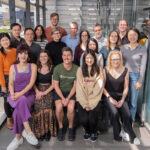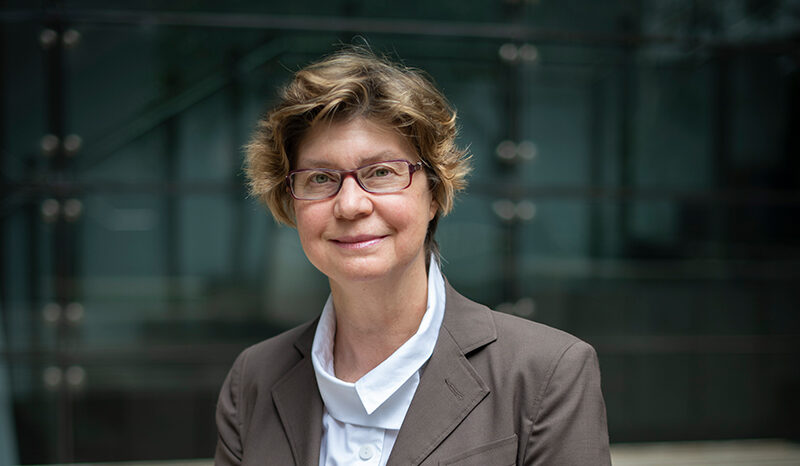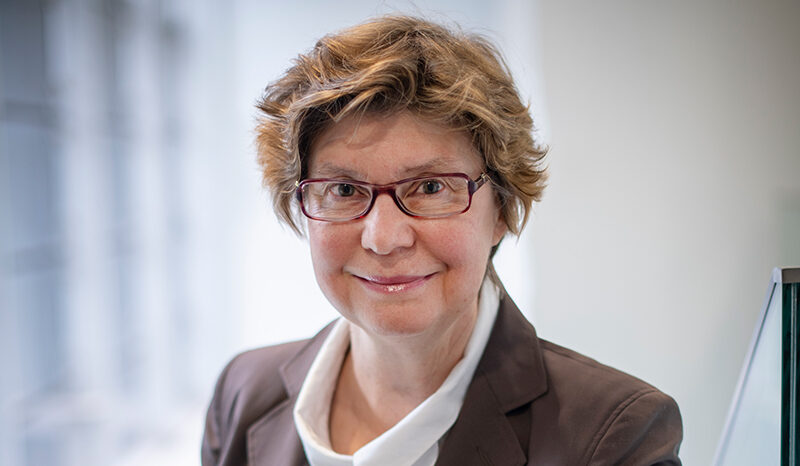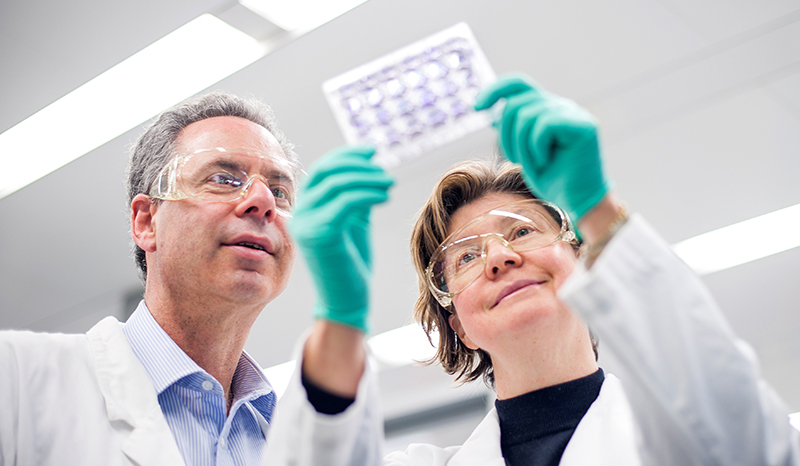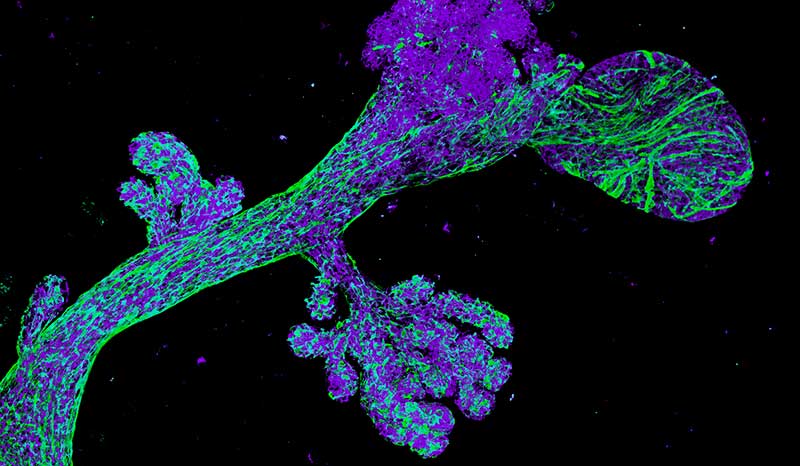Virassamy B, Caramia F, Savas P, Harris MA, Pan J-W, Wang J, Brown E, O’Malley MMR, van Geelen CT, Hun M, Burn TN, Sant S, Ballan JD, Kay J, Lara Gonzalez LE, Clarke K, Aw Yeang HX, Idrizi R, Jana M, Challice DJ, Salgado R, Thorne H, Poliness C, Nightingale S, Teo S-H, Speed TP, Visvader J, Neeson PJ, Darcy PK, Mackay LK, Loi S. Parity and lactation induce T cell mediated breast cancer protection. Nature. 2025;:10.1038/s41586-025-09713-5
Loi S, Virassamy B, Caramia F, Savas P, Harris M, Pan JW, Wang J, Brown E, Salgado RF, Speed T, Visvader J, Neeson P, Darcy P, Mackay L. 3208O Parity and breastfeeding enhance breast resident CD8+ T cell immunity and protect against breast cancer. Annals of Oncology. 2025;36:10.1016/j.annonc.2025.08.753
Potts MA, Mizutani S, Deng Y, Vaidyanathan S, Ting KE, Giner G, Sridhar S, Shenoy G, Liao Y, Diepstraten ST, Kueh AJ, Pal M, Healey G, Tai L, Wang Z, König C, Kaloni D, Whelan L, Milevskiy MJG, Coughlan HD, Pomilio G, Wei AH, Visvader JE, Papenfuss AT, Wilcox S, Jeyasekharan AD, Shi W, Lelliott EJ, Kelly GL, Brown KK, Strasser A, Herold MJ. Genome-wide in vivo CRISPR screens identify GATOR1 complex as a tumor suppressor in Myc-driven lymphoma. Nature Communications. 2025;16(1):10.1038/s41467-025-62615-y
Chin HS, Cheng J, Hsu SH, Lum GG, Zaldiva MT, Guo F, Mallavarapu K, Jackling FC, Smyth GK, Lindeman GJ, Strasser A, Visvader JE, Chen Y, Chen T, Fu NY. Abstract P51: MCL-1 safeguards activated hair follicle stem cells to enable adult hair regeneration. Cancer Research. 2025;85(15_Supplement):10.1158/1538-7445.fcs2024-p51
Pham MT, Milevskiy MJG, Visvader JE, Chen Y. Incorporating exon–exon junction reads enhances differential splicing detection. BMC Bioinformatics. 2025;26(1):10.1186/s12859-025-06210-4
Lindeman G, Muttiah C, Martin FC, Christie M, Dawson S-J, Desai J, Lal L, Moodie K, Murugasu A, Phan P, Rosenthal MR, Travers A, Visvader JE, Whittle JR, Yeo B. Abstract P2-07-18: Results from PALVEN: A Phase 1b Study of Palbociclib, Letrozole and Venetoclax in ER and BCL2-Positive Metastatic Breast Cancer. Clinical Cancer Research. 2025;31(12_Supplement):10.1158/1557-3265.sabcs24-p2-07-18
Altman J, Olex AL, Zboril EK, Walker CJ, Boyd DC, Myrick RK, Hairr NS, Koblinski JE, Puchalapalli M, Hu B, Dozmorov MG, Chen XS, Chen Y, Perou CM, Lehmann BD, Visvader JE, Harrell JC. Abstract P5-06-19: Single-cell transcriptional features of human breast tumors and model systems. Clinical Cancer Research. 2025;31(12_Supplement):10.1158/1557-3265.sabcs24-p5-06-19
Virassamy B, Caramia F, Savas P, Harris MA, Pan J-W, Wang J, Salgado R, Thorne H, Teo S-H, Visvader J, Neeson PJ, Darcy PK, Mackay LK, Loi S. Abstract P1-01-02: T cell mediated breast cancer protection following lactation and involution. Clinical Cancer Research. 2025;31(12_Supplement):10.1158/1557-3265.sabcs24-p1-01-02
Pascual R, Cheng J, De Smet AH, Capaldo BD, Tsai M, Kordafshari S, Vaillant F, Song X, Giner G, Milevskiy MJG, Jackling FC, Pal B, Dite T, Yousef J, Dagley LF, Smyth GK, Fu N, Lindeman GJ, Chen Y, Visvader JE. Fibroblast hierarchy dynamics during mammary gland morphogenesis and tumorigenesis. The EMBO Journal. 2025;44(11):10.1038/s44318-025-00422-3
Chin HS, Cheng J, Hsu SH, Lum GG, Zaldivia MT, Nelameham S, Guo F, Mallavarapu K, Jackling FC, Yang J, Tan JSL, Sampath P, Barker N, Smyth GK, Lindeman GJ, Strasser A, Visvader JE, Chen Y, Chen T, Fu NY. MCL‑1 safeguards activated hair follicle stem cells to enable adult hair regeneration. Nature Communications. 2025;16(1):10.1038/s41467-025-58150-5


